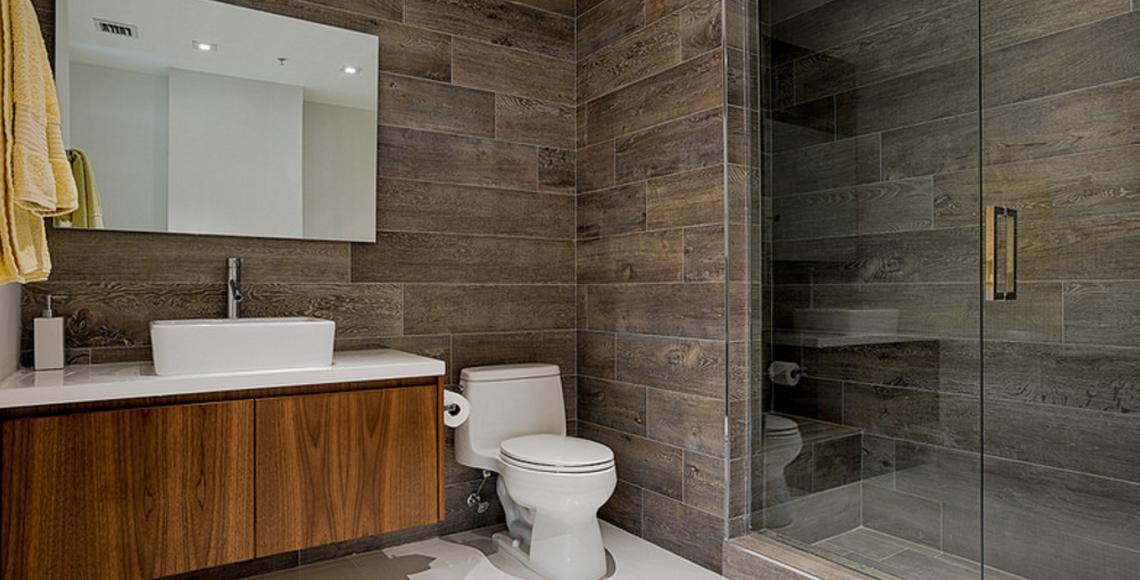
Editors Note: This is a guest post written by Michael Hoyle from Crest Showers
Two fundamental laws that will never change;
1. Water never sleeps.
2. Movement is the tiler's worst enemy
Water leaking, or even just escaping, from a shower can remain unnoticed for long periods and cause catastrophic damage. Water can affect the substrate (flooring and wall linings) and then tiles start moving which allows more water to penetrate, which compounds the problem. Properly detailed and installed waterproofing is absolutely vital behind tiled surfaces with cement-based grouts because inherently, tiling is not waterproof, and failure of tiled surfaces is a common problem in New Zealand.
Another common myth is that concrete floors are immune to water leaking from a shower. This couldn’t be further from the truth. Concrete absorbs moisture which is then absorbed by wall framing, wall linings etc causing serious damage that can’t be seen.
Building Code clause E3 Internal moisture requires buildings to be constructed to avoid fungal growth on linings, water overflowing to adjoining units and moisture damage to building elements.
Too often, poor waterproofing results in leaks, tiling failures, and costly repairs. Even if you don’t do the job yourself, it is still important to know how far waterproofing should go.
As good practice for tiled showers, BRANZ recommends the installation of a waterproofing membrane:
• To all wall tiles within 1.5 m of a removable showerhead plus the length of the flexible shower hose
• To all wall tiles within 1.5 m of a fixed showerhead
• In a shower over a bath, to all wall tiles as above or the length of the bath plus 300mm for a fixed showerhead and
• Waterproofing should go to the ceiling where a removable showerhead is installed
See the Branz diagrams below:
 (For more information, see BRANZ Bulletin 518 Wet area tile waterproofing.)
(For more information, see BRANZ Bulletin 518 Wet area tile waterproofing.)
However…
Waterproofing is only part of the process to protect your investment from leaks!
Traditionally the tiler forms the ‘falls’ or slopes to the floor in the shower with mortar or similar. This is then waterproofed along with the walls and tiles glued to the water proof membrane. Subsequently the glazier installs the glass over the tiles (too many showers are still constructed in this manner).
The fundamental flaw with the traditional method is the water can penetrate the tiles and/or grout and is then free to creep along between the tiles and the waterproof membrane until the waterproofing ends (often a door or window or where the floor covering changes to carpet at the bathroom entrance).
This is called ‘capillary action’ which can enable water to travel significant distance from the source of the leak. The water then enters the building elements/structure and begins the damage without anyone even knowing.
Thankfully today there are now complete ‘tiled shower systems’ that address this problem. The glazing channels are part of the waterproof base and the tiler tiles up to the glazing channels. This keeps the water contained within the waterproofed zone. The water then tracks to the waste fitting and flows into the waste pipes. The Ava system from Crest Showers is the premium ‘Tiled shower system’ available in NZ. The following article likens the pending crisis from poor tiled shower construction to the ‘Leaky building issue’: http://www.stuff.co.nz/life-style/home-property/69253681/Tiledshowers-could-be-the-next-leaky-building-issue-lawyers-say
The following article likens the pending crisis from poor tiled shower construction to the ‘Leaky building issue’: http://www.stuff.co.nz/life-style/home-property/69253681/Tiledshowers-could-be-the-next-leaky-building-issue-lawyers-say
In summary the most important component of a tiled shower is the unseen part. Why risk your investment? There is a solution available.
Michael Hoyle
Crest Showers
www.crestshowers.co.nz
Images courtesy of Crest Showers